Why Tech Experts Are Buzzing About These 8 Cybersecurity Habits You Should Be Using Too
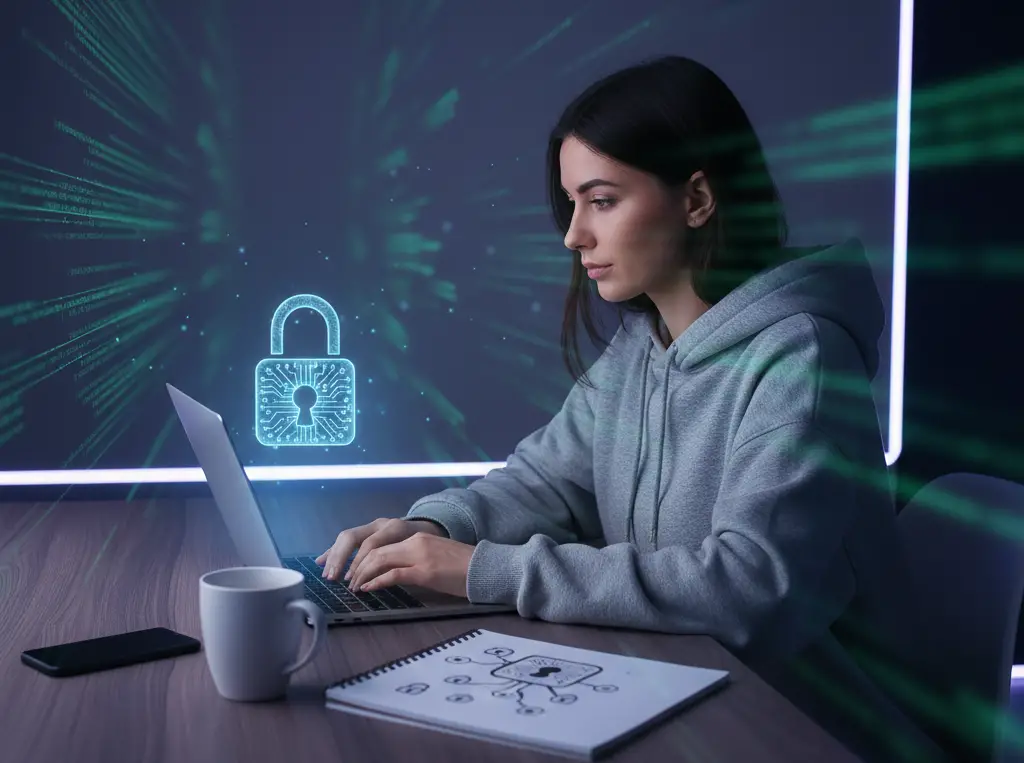
If you feel like cybercriminals are getting smarter every year, you are not imagining things. From AI-driven scams to sneaky malware that hides in unexpected places, the online threats facing everyday people are evolving at lightning speed. The good news? Tech experts are already one step ahead, and they are sharing the habits that keep them safe in this high-stakes game of digital cat and mouse.
The best part? You do not need to be an IT professional to benefit from these strategies. Whether you are checking your bank account on your phone, working from home, or streaming movies on your smart TV, these trending cybersecurity habits can help you lock down your digital life. Think of it as putting stronger locks on your online doors and windows—without needing a computer science degree.
So, what do the pros know that you should too? Let’s dive into eight cybersecurity tips that experts are using right now, and how you can easily apply them in your everyday routine.
1. Adopt a Zero Trust Mindset
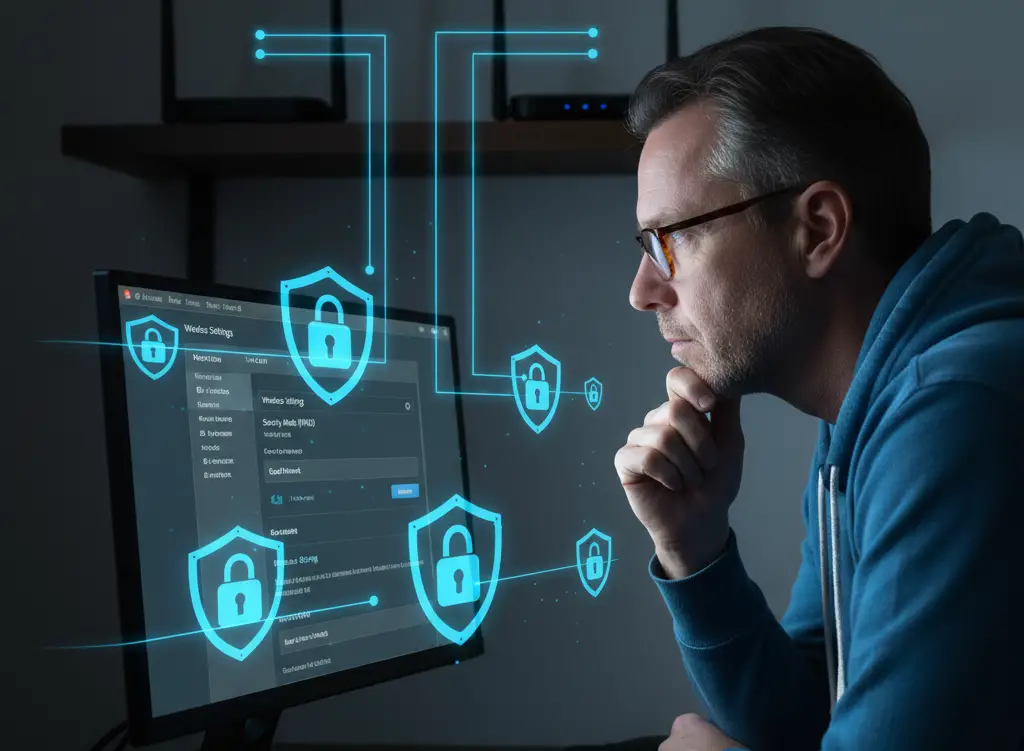
Tech experts are shifting to a “Zero Trust” philosophy, and for good reason. The idea is simple: trust nothing and verify everything. Instead of assuming that your home Wi-Fi or devices are automatically safe, you treat every connection with a bit of healthy skepticism.
For example, many security-conscious users set up multiple Wi-Fi networks: one for personal devices like laptops and phones, and another for smart gadgets like cameras or thermostats. This way, if one device gets compromised, it will not put the rest of your digital world at risk. Zero Trust is less about paranoia and more about setting smarter boundaries. It is like not giving your house key to the pizza delivery guy—just because he shows up at your door does not mean he should have access to every room.
2. Try AI-Assisted Threat Detection

Artificial intelligence is not just powering chatbots and self-driving cars—it is also becoming one of the sharpest tools in cybersecurity. Experts are relying on AI systems to monitor their networks and flag unusual behavior before it turns into a full-blown problem.
Think of AI-assisted monitoring as having a watchdog that never sleeps. If someone tries to log into your account from halfway across the world at 3 a.m., AI tools can spot that odd pattern instantly and block it. The good news is that this type of protection is no longer limited to giant corporations. Many consumer antivirus programs and security suites now include behavior-based detection features that work behind the scenes to keep you safe.
3. Turn On Multi-Factor Authentication Everywhere
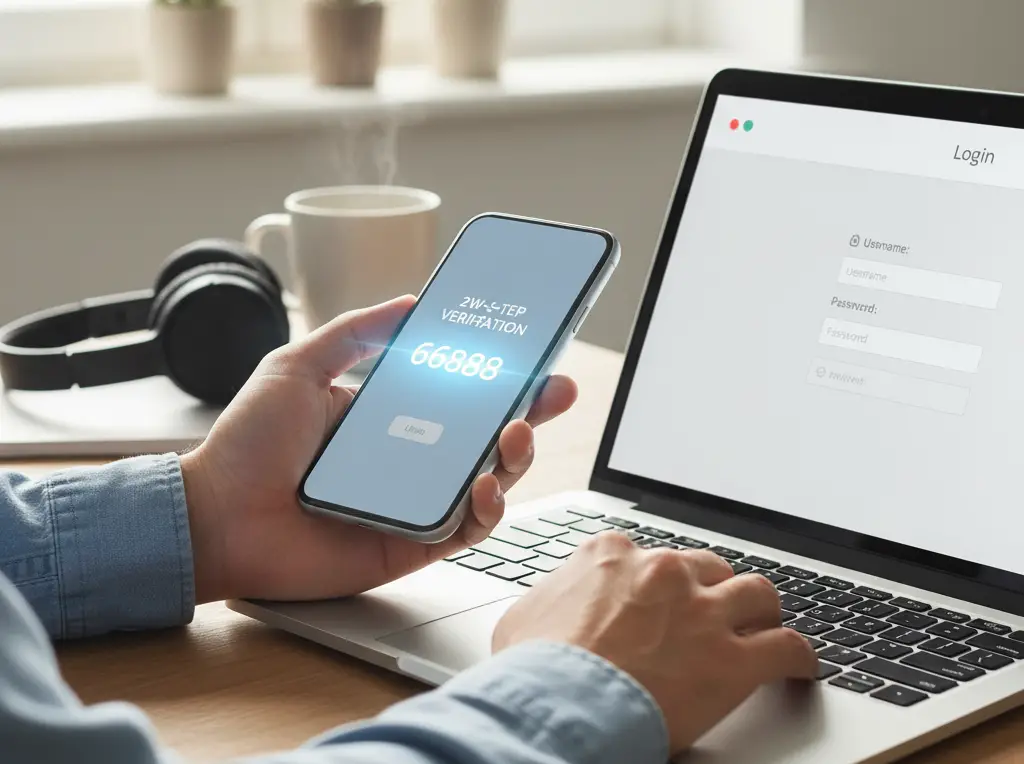
Yes, you have heard it before—but multi-factor authentication (MFA) remains one of the most effective ways to keep your accounts safe. Cybersecurity professionals swear by it, because even if hackers manage to steal your password, they will still have to jump through another hoop to get in.
This second step could be a code sent to your phone, a push notification from an authenticator app, or even a physical security key. It may feel like a small hassle, but it is far less inconvenient than dealing with a drained bank account or a hacked email inbox. If you only take one step from this list today, make it turning on MFA for your most important accounts like banking, email, and cloud storage.
4. Use a Password Manager and Ditch Reused Passwords
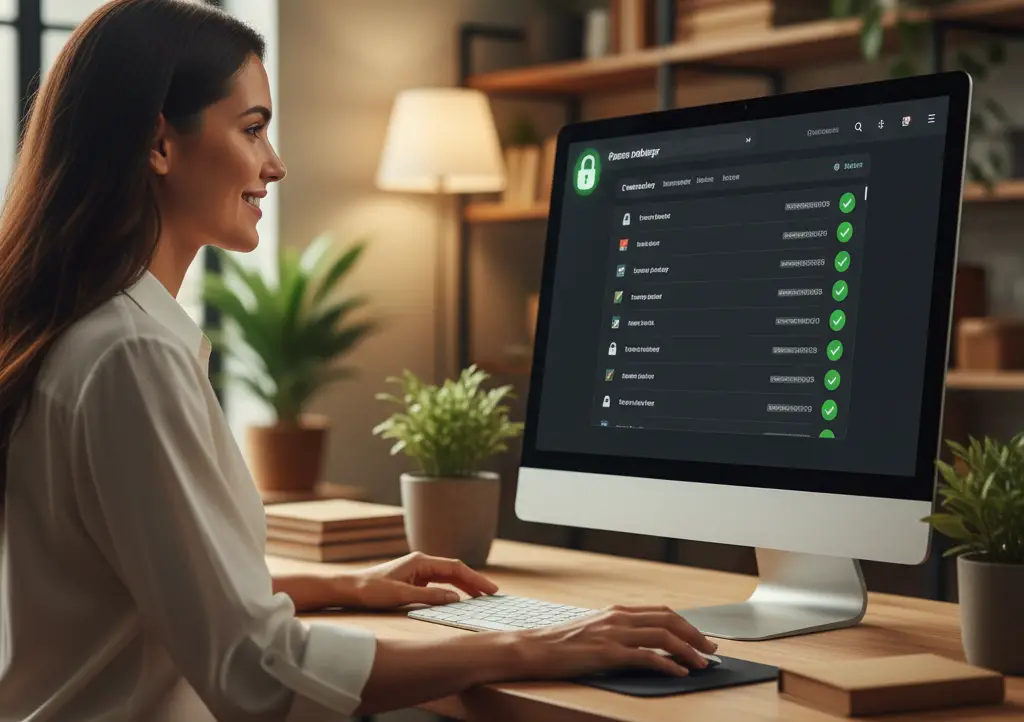
Reusing the same password across multiple accounts is like giving burglars a master key to your entire house. Tech experts know this, which is why they rely on password managers to keep things secure.
A trusted password manager does the hard work for you. It generates long, complex passwords, stores them securely, and autofills them when needed. Many also alert you if one of your accounts has been involved in a data breach. This way, you never have to remember (or worse, write down) a dozen complicated passwords. All you need is one strong master password, and the software handles the rest. It is one of the simplest yet most powerful upgrades you can make for your online safety.
5. Keep Devices and Software Updated Automatically

Here is a truth that cybersecurity pros know all too well: outdated software is a hacker’s playground. Attackers actively look for weaknesses in operating systems, apps, and even the firmware that powers your router or smart TV.
The easiest defense? Turn on automatic updates. Most modern devices allow you to schedule updates overnight so you barely notice them. Whether it is your smartphone, computer, or smart thermostat, keeping everything patched ensures you are not leaving open doors for intruders. It is like changing the locks on your house after losing a key—better safe than sorry.
6. Segment Your Networks for Better Security
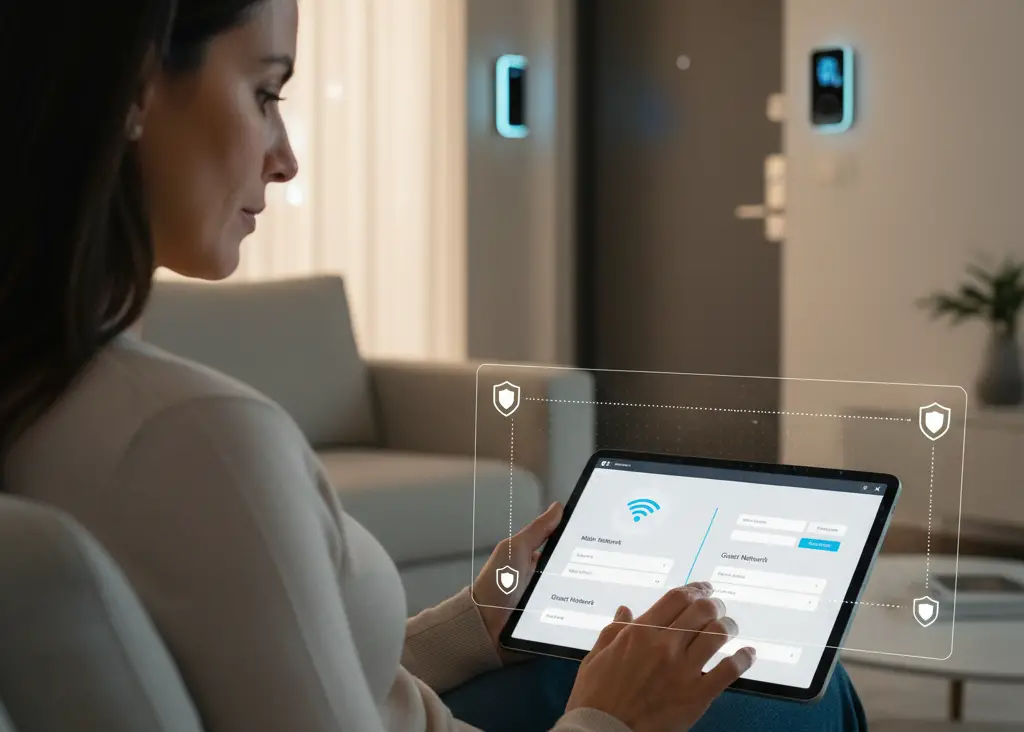
Our homes are filled with internet-connected devices these days, from smart speakers to video doorbells. While they are convenient, they can also create weak points for attackers. That is why experts recommend network segmentation.
This simply means separating your devices into different networks. Your sensitive gadgets—like laptops, work computers, and phones—should live on a primary network, while smart gadgets stay on a secondary or “guest” network. Many modern routers make this setup surprisingly easy. That way, if one of your IoT devices gets hacked, it will not give cybercriminals a direct path to your personal data.
7. Stay Skeptical of Phishing and AI-Powered Scams
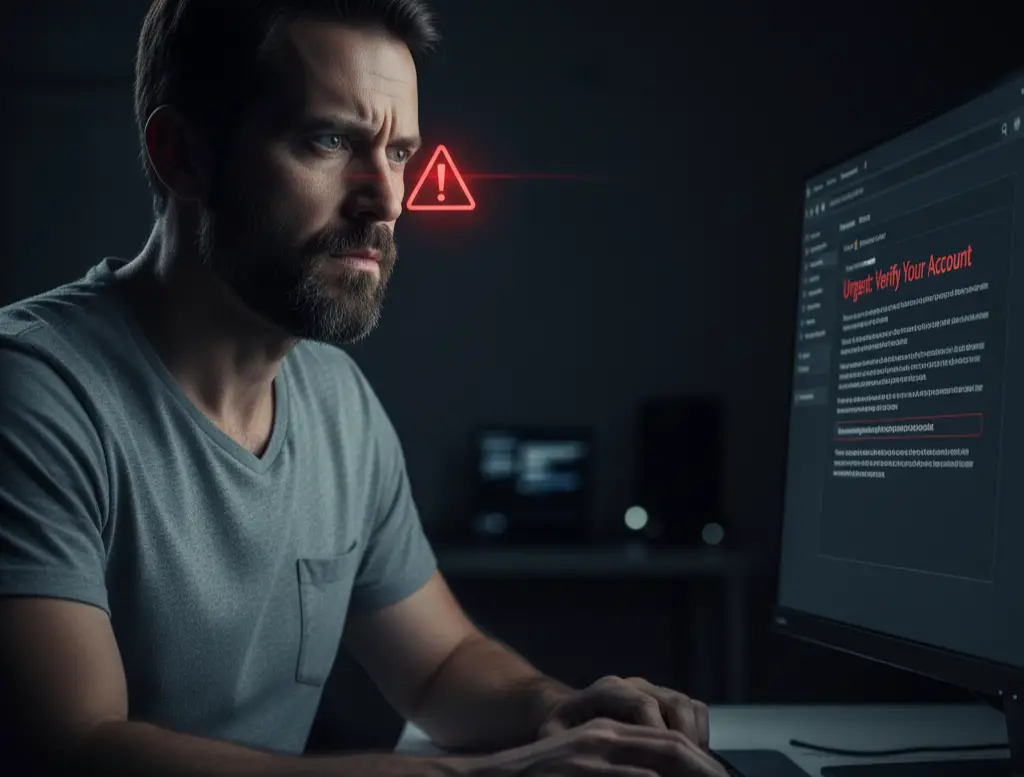
Phishing emails have been around for years, but recently they have gotten much harder to spot. With the rise of AI, scammers can now create emails that look shockingly authentic or even generate deepfake audio that mimics the voice of someone you know.
Experts recommend slowing down before responding to anything that feels urgent or suspicious. If your “bank” emails asking you to verify your account immediately, do not click the link. Instead, go directly to the bank’s website or call their official number. The same goes for texts, social media messages, and even phone calls. A little skepticism can save you from a big headache.
8. Back Up Your Data and Practice Recovery
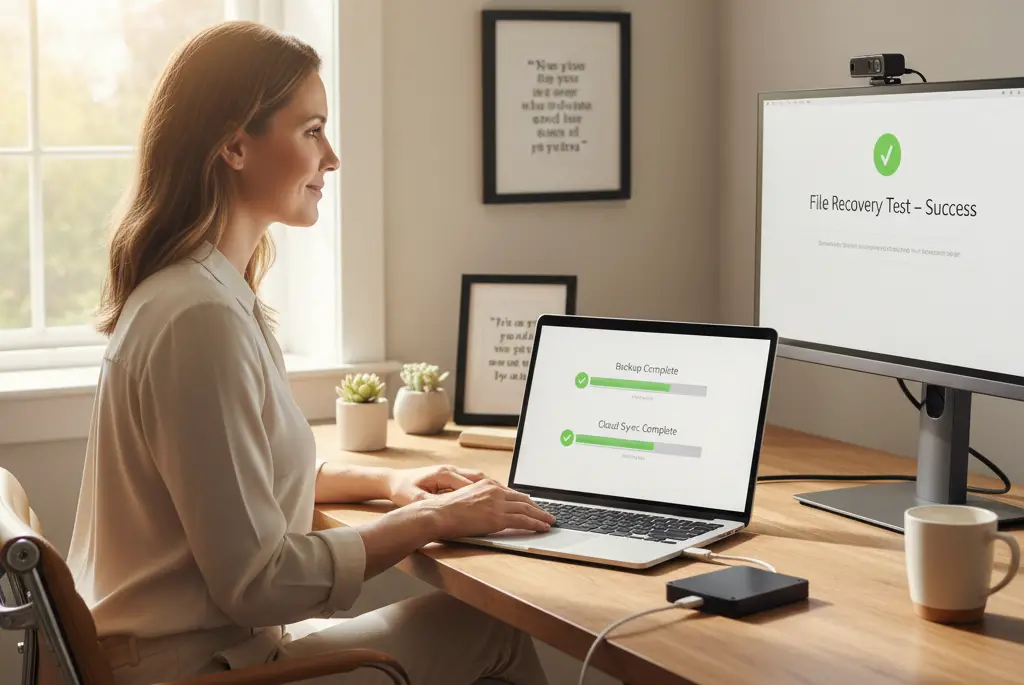
Even the best defenses are not perfect, and tech pros know it. That is why they always have a backup plan—literally. Regularly backing up your data ensures that if ransomware or another attack locks you out, you will not lose everything.
But here is the step many people forget: practice recovery. It is not enough to just save your files to an external hard drive or cloud service—you should occasionally test restoring them to make sure everything works. When disaster strikes, being able to recover quickly is just as important as having the backup in the first place.
Final Thoughts

Cybersecurity might seem intimidating, but at its core, it is about building good habits and staying a step ahead of attackers. What sets tech experts apart is not that they never face risks, but that they approach digital safety with layered defenses and smart planning.
The great news is you do not need to adopt all eight habits at once. Start with one—turn on multi-factor authentication, set up automatic updates, or try out a password manager. Then add another, and another, until your online life feels more secure.
The threats are real, but so are the tools at your disposal. By borrowing these strategies from the experts, you can transform yourself from an easy target into a tough one. And when it comes to cybersecurity, being tougher to crack than the next person can make all the difference.
Leave a Reply